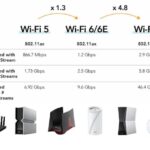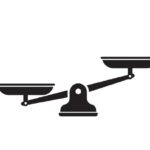Setting the Scene: VR Meets Architecture
Architecture has long been a field that blends creativity with technical precision. And in this mix, Virtual Reality (VR) has found its place, revolutionizing how architects design and communicate their visions.
VR in Architectural Design
Traditionally, architectural designs have been represented through blueprints and 2D renderings. But these can be hard to interpret for those not well-versed in reading them. VR, on the other hand, allows architects to create immersive 3D models of their designs, offering a more intuitive understanding of the space.
Not only that, but these VR models also allow architects to virtually walk through their designs, spotting potential design flaws or areas for improvement that may not have been apparent in a 2D rendering.
VR for Client Presentations
Presenting architectural designs to clients has also become more effective with VR. Instead of trying to explain how a space would look and feel based on 2D images, architects can now let clients experience it firsthand. With VR, clients can take a virtual tour of the property, getting a realistic sense of the space and providing feedback that’s more informed.
The Future of VR in Architecture
As VR technology continues to evolve, so too will its applications in architecture. Future developments may include more sophisticated VR design tools, virtual collaboration platforms for architects, and even the integration of VR with other technologies like AI and AR.
Moreover, as VR headsets become more affordable and widespread, VR could become a standard tool in architectural design and presentation.
In conclusion, VR has the potential to greatly enhance the architectural process, from initial design to client presentation, offering a more intuitive and immersive way to create and experience architectural designs.















